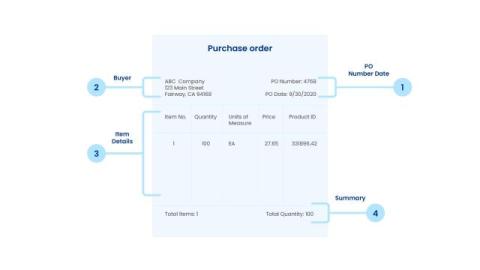The Importance of Hashing Techniques in Cybersecurity
Hashing is a crucial concept in cybersecurity for maintaining data integrity and security. Unlike encryption, which allows data to be encrypted and decrypted, hashing is a one-way function that converts input data into a fixed-length, seemingly random string.











